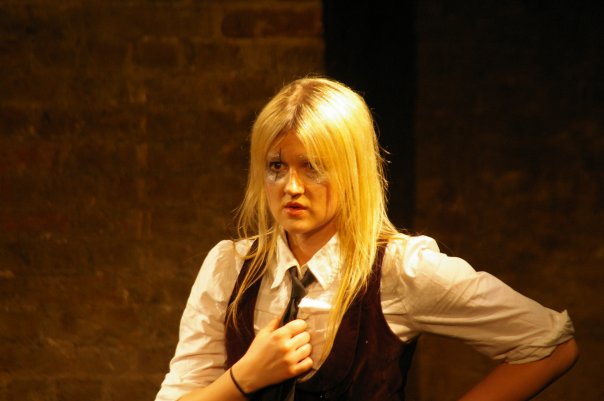
Synchronising Mind & Body Training

“Whatever you do in life, if you want to be creative and intelligent, and develop your brain, you must do everything with the awareness that everything, in some way, connects to everything else.”
Leonardo Da Vinci
So often in life, and starting very young in some education establishments, we are taught to choose between ‘this’ or ‘that’ career. Human beings like neat categories, to pigeon-hole phenomena and human beings, as studies by Professor Robert Sapolsky have demonstrated. It is a very limiting way to train our bodies and minds.
People learn differently and artists, especially, tend to see connections; between one teaching in one discipline and its similarities and transference into another discipline, between crafts, philosophies or trade. If you have ever watched ‘Jools Holland’ TV shows with artists from one genre collaborating with another, you will understand what I mean. The same is true of cross-displines collaborations; athletes or actors/actresses and fashion is another for example.
Leonardo da Vinci was such a pioneer in this respect. He observed this in all the many disciplines he practiced and described it very eloquently.
“To develop a complete mind: Study the science of art; Study the art of science. Learn how to see. Realize that everything connects to everything else.”
Leonardo da Vinci
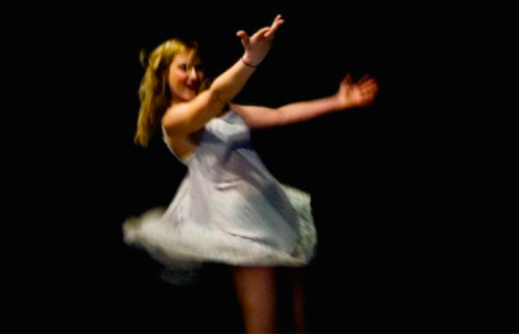
“I believe that we learn by practice. Whether it means to learn to dance by practicing dancing or to learn to live by practicing living, the principles are the same. In each, it is the performance of a dedicated precise set of acts, physical or intellectual, from which comes shape of achievement, a sense of one’s being, a satisfaction of spirit. One becomes, in some area, an athlete of God. Practice means to perform, over and over again in the face of all obstacles, some act of vision, of faith, of desire. Practice is a means of inviting the perfection desired.”
Martha Graham
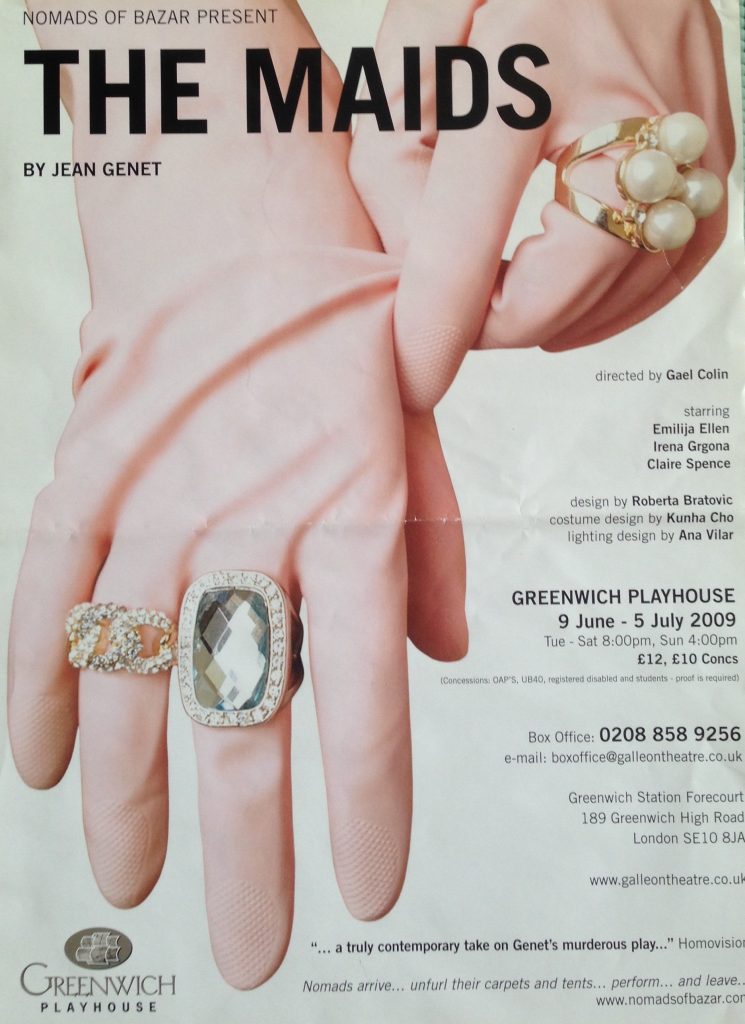
“There is a vitality, a life force, an energy, a quickening that is translated through you into action, and because there is only one of you in all of time, this expression is unique. And if you block it, it will never exist through any other medium and it will be lost. The world will not have it. It is not your business to determine how good it is nor how valuable nor how it compares with other expressions. It is your business to keep it yours clearly and directly, to keep the channel open.”
Martha Graham
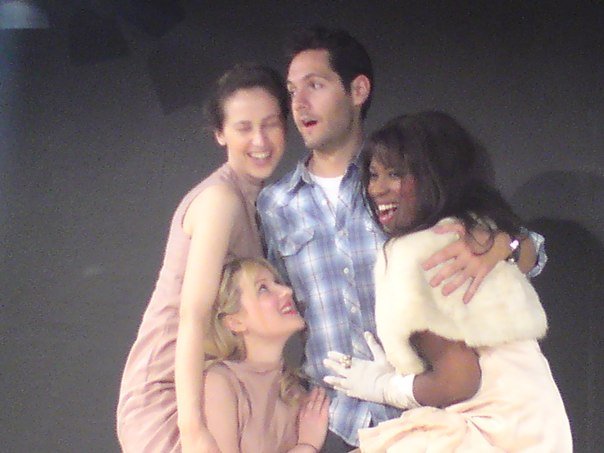
“I have spent all my life with dance and being a dancer. It’s permitting life to use you in a very intense way. Sometimes it is not pleasant. Sometimes it is fearful. But nevertheless it is inevitable.”
Martha Graham
How do we synchronise the Body and the Mind?
The most powerful ways I have experienced of synchronising my mind, body and spirit have been through:
Meditation (not only sitting, but mindfulness walks, and generally mindful daily life tasks, including whilst practicing a sport) as well as performing intellectual and physical tasks consistently over time. Through continuous practice, repeating the same steps over and over again until there is no thinking and movement happens organically.
Breathing – or pranayama as part of yoga. There are various types we can learn which are very effective.
Movement – as I have shared I started dancing around the age of 9 in my mother’s slavic folk group followed by a touring dance company in France and later train in acting and physical theatre. I started yoga in my twenties but had observed my mother practice in childhood. Yoga I have found to be the most effective in ‘getting in synch’ as well as in gaining in strength, flexibility and equanimity. It is a complete practice which permeates and effects change in each of body/mind/spirit.

I also discovered that I could get into ‘the zone’ or ‘the flow’. ‘Flow’ is described by psychologist Michael Csikszentmihalyi as “moments when you’re completely absorbed in a challenging but doable task.”
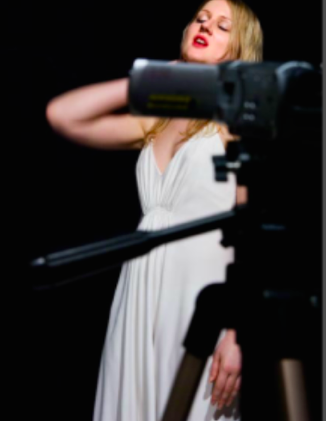
“The best moments in our lives are not the passive, receptive, relaxing times . . . The best moments usually occur if a person’s body or mind is stretched to its limits in a voluntary effort to accomplish something difficult and worthwhile”
Michael Csikszentmihalyi
Mental & Physical Edge
Having a dual body/mind practice is spiritual. It has helped me focus, improved my concentration capabilities, given me a mental and physical edge, so that I could quickly get ‘in the zone’. More importantly it helped me carry ‘many hats’: sustain one job 9-5 then perform every evenings in the theatre for a sustained period of time, switching from ‘business manager’ to ‘actress/dancer’ to ‘producer’ every day for a while.
“Unconditional meditation without any object or idea in mind. Training our state of being so that our mind and body can be synchronised, fully genuine and alive, without any expectations or preconceptions”.
Chogyam Trungpa Rinpoche
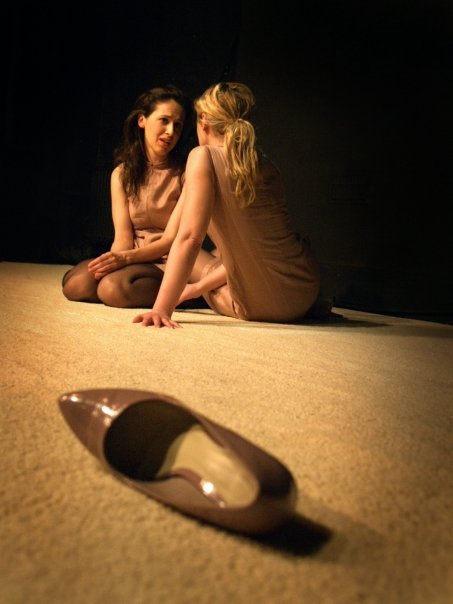
” Find a zen space in your mind, even if it’s just singing to yourself. Just pass the time and keep a steady breath”.
Misty Copeland, American Ballerina
The 8 Characteristics of Flow
The below is from Csikszentmihalyi’s resources. He describes eight characteristics of flow:
- Complete concentration on the task;
- Clarity of goals and reward in mind and immediate feedback;
- Transformation of time (speeding up/slowing down);
- The experience is intrinsically rewarding;
- Effortlessness and ease;
- There is a balance between challenge and skills;
- Actions and awareness are merged, losing self-conscious rumination;
- There is a feeling of control over the task.
I will provide more information about ‘flow’ in another article.
In sum, to synchronise our body/mind/spirit we :
- Develop a self-reflective practice such as meditation
- Learn Breathing techniques and practice breath-work
- Move and be active doing something we love
- Learn with teachers who inspire us and with whom we resonate. We all need mirroring.
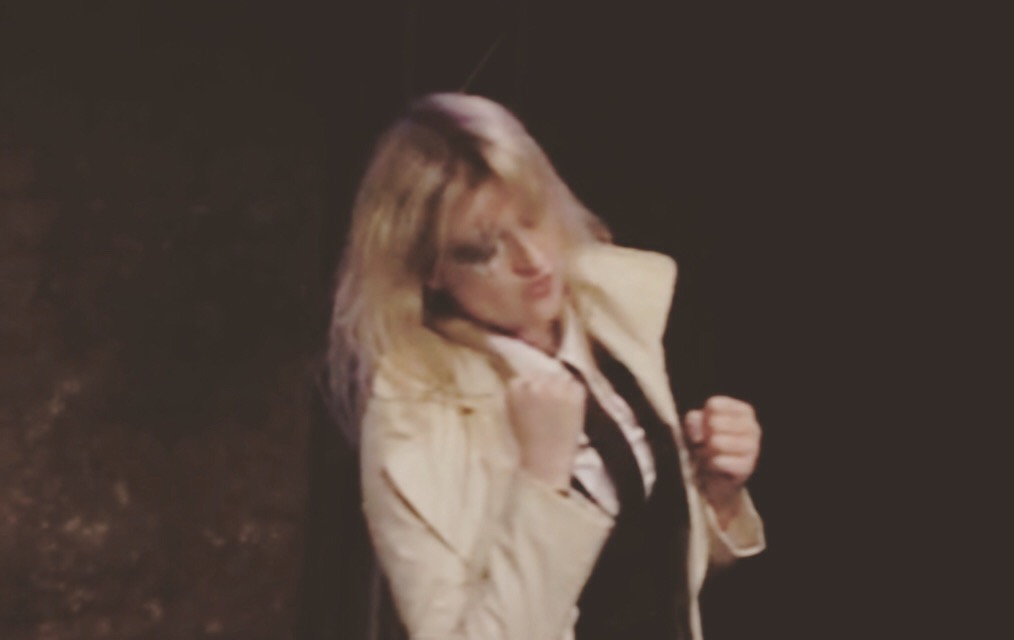
References
Atalay, B. & Wamsley, K. (2008) Leonardo’s Universe: The Renaissance World of Leonardo da Vinci. Washington: National Geographic.
Csikszentmihalyi, M. (2002). Flow: The psychology of happiness: The classic work on how to achieve happiness. London, UK: Rider.
Csikszentmihalyi, M. (2013). Flow: The psychology of optimal experience. New York, NY: Random House.
Nakamura, J., & Csikszentmihalyi, M. (2002). The concept of flow. In C. R. Snyder & S. J. Lopez (Eds.), Handbook of positive psychology (pp. 89-105). New York: Oxford University Press.
With my sincerest and deepest gratitude to my teachers past and dear collaborators without whom I would not have been where I am today: Jocelyne Schneberger, Vangeline Theatre New York City, Tom Radcliffe London, William ‘Bill’ Esper New York City, Emilija Ellen, Betty Bratovic, Yasmine Braa, Gael Colin, Claire Spence, Faye Barber, Mohammad Homouda, Christian Spry and ‘Get Over It Productions’.
